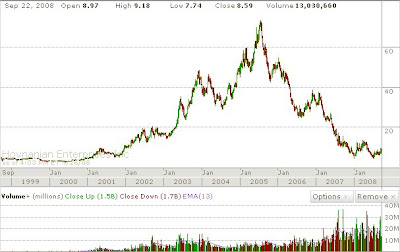 The Health Care sector (XLV) continues to test the $30 level, and it is major level which has been hit dozens of times. I expect a successful test and bounce off of $30.
The Health Care sector (XLV) continues to test the $30 level, and it is major level which has been hit dozens of times. I expect a successful test and bounce off of $30.
The Consumer Staples (XLP) is having trouble making a new high and is currently churning at the 200-day MA. I expect the sector to hold within the range outlined below. A break to $26 is possible if the sector is unable to close above $28 above the 50-day and 200-day MA’s.

The Consumer Discretionary sector (XLY) is making a higher low, but after a breakdown. If the XLY cannot get above $31 this week, then sector may be in trouble. The 200-day MA continues to become major resistance. A break to $28 indicates an automatic short.

The Energy sector (XLE) is attempting to make a higher low, but I expect the sector to stay in a neutral range for some time. A break below $60 indicates the sector may go to $55 in a short period of time. A strong close above $71 indicates a long position.

The Financials sector (XLF) is making higher lows, but has re-entered into the $19.50-$22.50 consolidation zone. The potential effect of the bailout package should be announced soon and therefore, makes technicals at this point a futile endeavor.

The Industrials sector (XLI) is one of two sectors in the biggest trouble. Next support is at $30, which it is likely to hit. Most sub-sector components have seen considerable declines of 30-70% since the peak in October. It is highly likely for the sector make a new low. Disclosure: I have been short several agriculture/fertilizer and steel components since July and will not be covering anytime soon at all.

The Technology sector (XLK) is also in trouble, but downside is limited. I expect the sector make a new low around the $18.50-$19 level in several weeks. This will looks like it will bounce at least to the $21.50 area. Note the large descending triangle.

The Utilities sector (XLU) is the other sector is the biggest trouble. I expect the XLU to hit numerous lows and end up at the $30-31 level in several weeks. In a 2 year chart (not shown), you’ll be able to see the head-and-shoulders pattern that broke down at the $35 neckline. The XLU has formed the second leg of this primary downtrend. This sector should be avoided.





















































